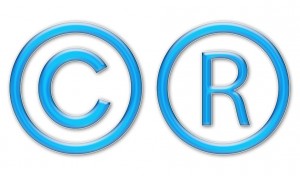Quite often, we find ourselves in situations where the author has “borrowed” images from the internet, assuming innocently that they are free to use. More often than not, such use is prohibited. Here are some things that you need to know before you use the “free images” available on the internet.
Copyright protects the original work of the creator from being used for commercial purposes. Any artistic or literary work which is copyrighted cannot be used without the prior permission of its creator. In some cases, commercial use is permitted only after assigning due credit to the source or, in some cases, if it is derived from the original. It is therefore prudent to check the applicable rules in each case. Copyright law applies to any work of art, image or a photograph from the time it is created and violation of copyright law often leads to legal disputes. Even unintentional use of an image is considered a copyright infringement. Using only a part of the image, duplicating the image without permission can also lead to infringement. An image which is available on the internet does not necessarily mean that it is free to download and use. You need to check the license details provided for its usage.
So does this mean that there aren’t any free images on the internet? Certainly there are. Any image which is said to be available in the ‘public domain’ implies that it is not owned by any person/authority and one is allowed to use it. However, certain conditions still apply. For example, if the images you download are ‘free for personal use’ alone, then you cannot sell a book and profit from it if it contains those images, since selling the book violates the copyright restrictions assigned to the images. Copyright images are easily identifiable as they have a watermark on them. Websites such as flickr, imagebase.net, morguefile, Wikimedia commons.org have images that are licensed for commercial use. Some of these can be used after giving due credits given to the source/website.
Always make sure to check the copyright rules surrounding the image before you decide to incorporate it in your own work.
